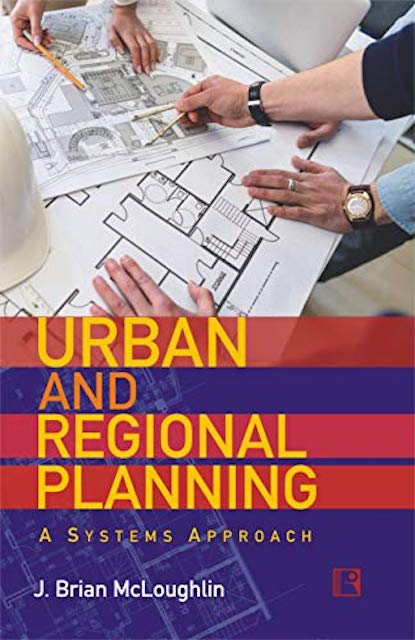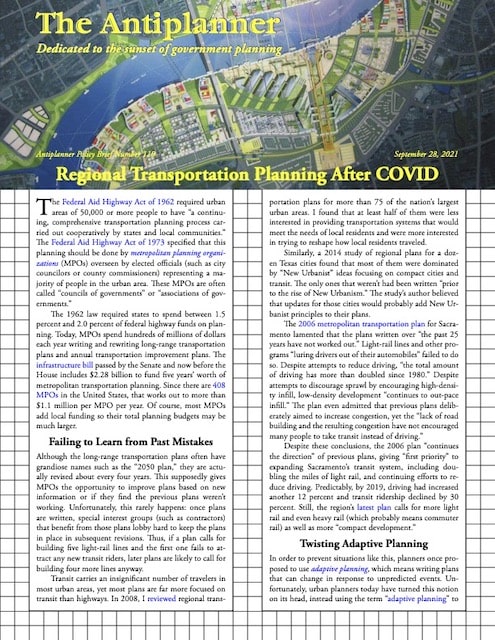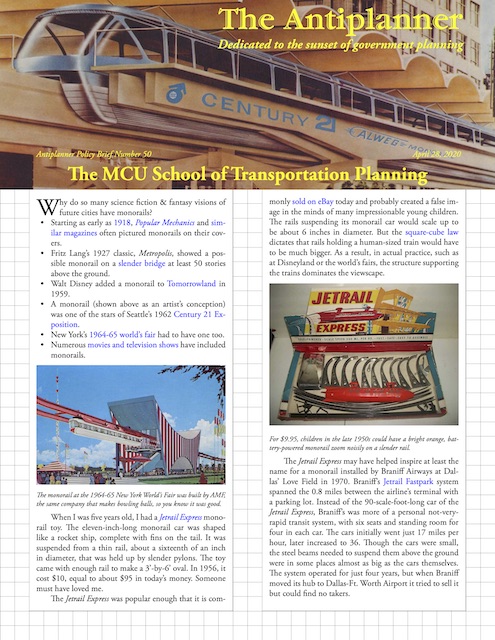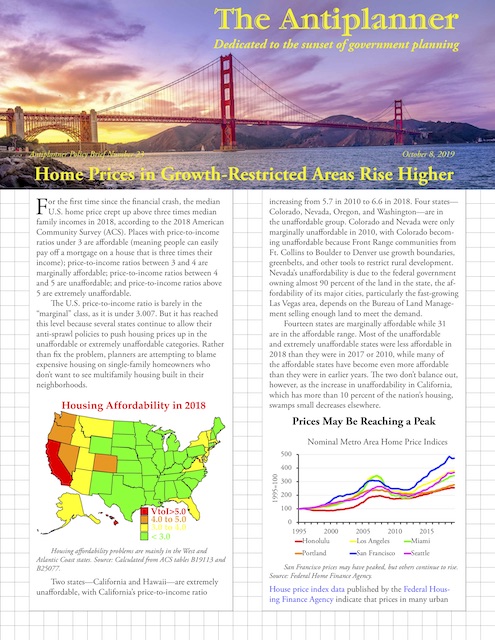The Antiplanner’s presentation at last night’s debate over Plan Bay Area is now available in PowerPoint or PDF format. You can also download Tom Rubin’s presentation in PDF format.
The debate was one-sided in the sense that close to 90 percent of the audience opposed the plan. One little incident sticks in my mind. During the debate, one of the plan’s supporters admitted that it was hard to predict the future, but added, “As Abraham Lincoln said, ‘The best way to predict the future is to create it.'”
I am a stickler for sourcing such attributed quotes, and that didn’t sound like something Lincoln would say. So I pulled out my iPhone and looked it up. Sure enough, it has been attributed to Lincoln–and to Peter Drucker, and to some other people. But it seems the person who actually first said it was computer programmer Alan Kay in 1971. I hope readers will understand what I mean when I say that knowing that Kay said it gives it a completely different meaning than if Lincoln had said it.

 This
This 








